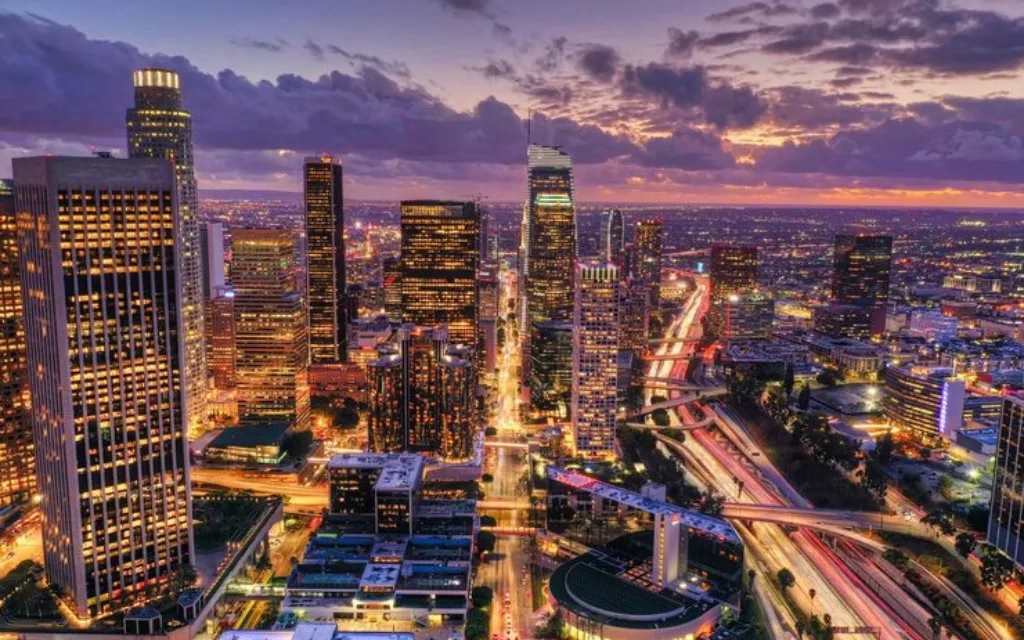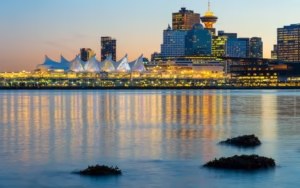Living comfortably in Australia is becoming more challenging as the cost of housing, transport, and daily expenses continue to rise. With major capitals like Sydney and Melbourne becoming too expensive for many households, more Australians are searching for the Top 5 Cheapest Cities in Australia where they can live affordably without compromising on lifestyle.
According to the Australian Bureau of Statistics, the Consumer Price Index (CPI) increased by 2.8% in 2024, putting more pressure on families and individuals to manage costs wisely. The good news is that there are cities across the country where affordability, quality of life, and opportunities still go hand in hand.
In this guide, we will look at the Top 5 Cheapest Cities in Australia, explore their housing markets, job opportunities, lifestyle advantages, pros and cons, and compare them to help you decide which location suits your personal and financial goals.
Why Consider Affordable Cities in Australia for 2025?
When people think of Australia, cities like Sydney and Melbourne often come to mind. While these capitals offer glamour, job opportunities, and international recognition, they also come with a high price tag. Rent and housing prices in Sydney, for example, are among the highest in the country, leaving many families struggling to save.
The Top 5 Cheapest Cities in Australia offer a refreshing alternative. These cities allow residents to:
- Save on housing and rent, freeing up money for savings and investments
- Access affordable groceries, transportation, and entertainment
- Live in areas with less congestion and pollution
- Enjoy natural beauty, beaches, cultural events, and tight-knit communities
Choosing an affordable city means not just lowering costs, but also improving your quality of life. Smaller cities often have more open spaces, stronger community ties, and better access to nature while still offering job opportunities and essential services.
Adelaide – Affordable Living with Culture and Lifestyle
Adelaide has become one of the Top 5 Cheapest Cities in Australia thanks to its affordable property market and balanced way of life. Compared to Sydney, Adelaide’s housing costs are around 40% lower, making it a fantastic option for first-home buyers and renters. This affordability extends to everyday living, with transport, dining, and entertainment all significantly cheaper than in larger capitals.
Beyond affordability, Adelaide offers a lifestyle that blends culture, nature, and modern conveniences. The city is known for its festivals, including the world-famous Adelaide Fringe and WOMADelaide, which attract international artists and audiences. Residents also enjoy easy access to pristine beaches like Glenelg and Henley, as well as world-class wine regions such as the Barossa Valley and McLaren Vale.
The job market is steadily growing, particularly in healthcare, defence, and technology sectors. With the state government investing in research and aerospace industries, Adelaide is also emerging as a hub for innovation and skilled professionals. For families, Adelaide provides strong education options, excellent healthcare, and safe suburbs.
Key Industries in Adelaide: Healthcare, defence, aerospace, research, and education.
Most In-Demand Roles: Doctors, nurses, IT experts, engineers, researchers, and educators.
Pros of Adelaide
- Housing and rent far cheaper than Sydney or Melbourne
- Strong job market in healthcare and defence
- Access to beaches, wine regions, and cultural events
Cons of Adelaide
- Smaller job market compared to eastern capitals
- Less nightlife than Sydney or Melbourne
- Limited direct international flight options

Hobart – Affordable City Surrounded by Natural Beauty
Hobart is another strong contender among the Top 5 Cheapest Cities in Australia, particularly for those who love nature and a slower pace of life. Housing is much cheaper than in mainland capitals, with costs around 35% lower than in Melbourne. Rent is also about 30% more affordable, and the small size of the city reduces transport costs significantly.
Hobart is famous for its breathtaking natural surroundings. Residents can explore Mount Wellington, Bruny Island, and the Derwent River, all within easy reach of the city. The city is also known for its thriving local food scene, thanks to Tasmania’s fresh produce and seafood. Weekend markets, such as Salamanca Market, make grocery shopping more affordable while also supporting local farmers.
The community atmosphere in Hobart is another major draw. Families and individuals benefit from a close-knit environment, with a strong focus on sustainable living and creativity. However, job opportunities are more limited compared to larger capitals, with most work concentrated in tourism, agriculture, and the arts. Despite this, Hobart is gaining popularity with professionals in environmental science and creative industries.
Key Industries in Hobart: Tourism, agriculture, aquaculture, and creative arts.
Most In-Demand Roles: Agricultural experts, healthcare staff, tourism professionals, hospitality managers, and environmental scientists.
Pros of Hobart
- Affordable housing and low transport costs
- Beautiful natural surroundings with access to hiking, beaches, and parks
- Strong sense of community and lifestyle balance
Cons of Hobart
- Fewer job opportunities outside tourism and agriculture
- Colder climate compared to northern cities
- Smaller entertainment and retail scene
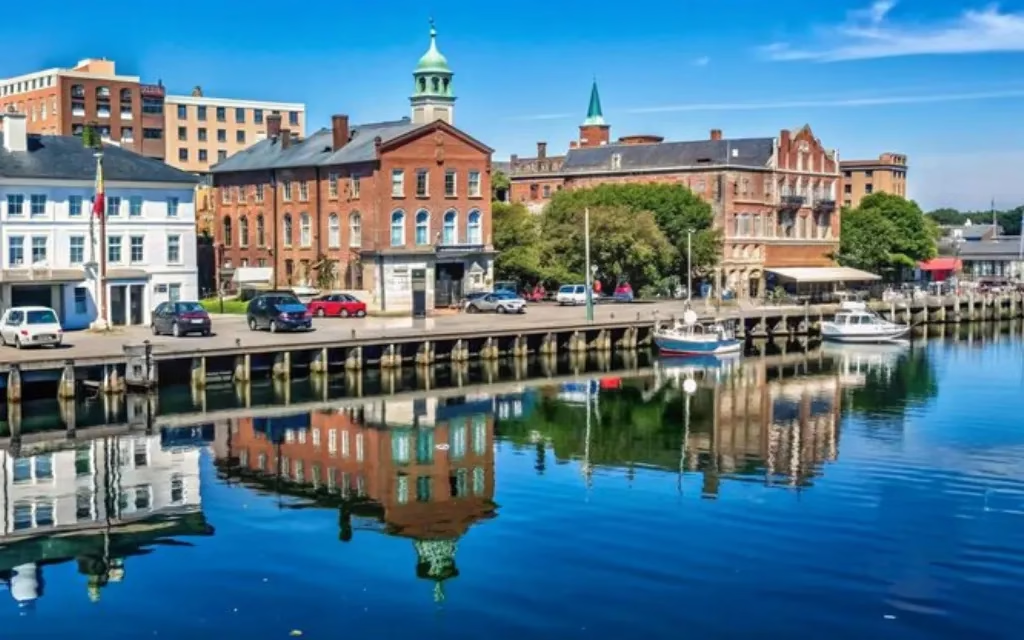
Canberra – Affordable Capital with High Salaries
Though often overlooked, Canberra deserves its place in the Top 5 Cheapest Cities in Australia due to its strong income-to-cost ratio. Housing prices are higher than Adelaide or Hobart, but Canberra’s higher-than-average salaries, especially in government and public service, make the city more affordable than many assume. This balance between income and cost of living makes Canberra an attractive option for professionals and families.
As the nation’s capital, Canberra is home to many government departments, research institutions, and universities, creating a stable and reliable job market. The city is also well-known for its educational excellence, with some of the best schools and universities in the country, making it a great place to raise a family.
Lifestyle in Canberra is focused on convenience and family-friendly amenities. The city is well-planned, with wide roads, reliable transport, and abundant green spaces. Unlike larger capitals, Canberra has minimal traffic congestion, allowing residents to save both time and money. While Canberra lacks beaches, it makes up for this with lakes, cycling paths, and national parks. Residents can enjoy free access to museums, art galleries, and cultural landmarks such as the Australian War Memorial and National Gallery.
Key Industries in Canberra: Government, IT, research, and education.
Most In-Demand Roles: Policy analysts, IT specialists, educators, researchers, and project managers.
Pros of Canberra
- High average salaries relative to cost of living
- World-class education and healthcare systems
- Family-friendly environment with free cultural activities
Cons of Canberra
- Housing costs higher than Adelaide or Hobart
- Colder winters and less nightlife
- Located inland with no access to beaches
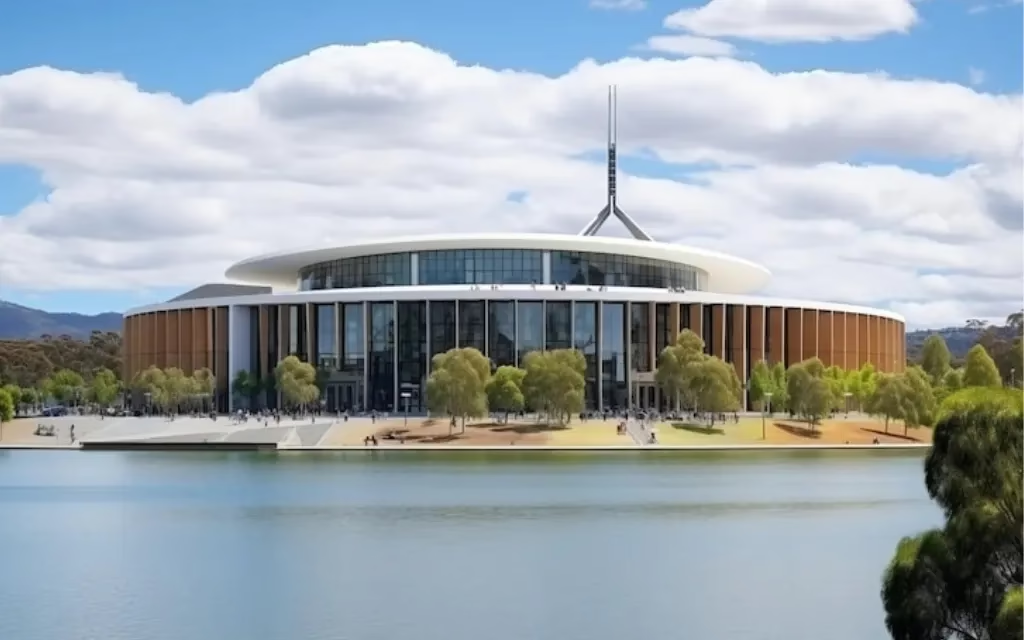
Darwin – Affordable Living in the Tropics
Darwin stands out on the list of the Top 5 Cheapest Cities in Australia because of its affordable housing and unique tropical lifestyle. Median rent in Darwin is about 25% lower than in Sydney, and housing prices are significantly cheaper than those in the major capitals. This affordability makes Darwin an appealing option for families, young professionals, and adventurous individuals.
Darwin offers a laid-back lifestyle with year-round warm weather, a multicultural community, and a strong sense of connection to nature. Outdoor activities dominate life here, from fishing and camping to exploring Kakadu National Park. The city also has a thriving local market culture, with places like Mindil Beach Sunset Market showcasing food from around the world.
The economy is growing steadily, with strong opportunities in construction, tourism, and government services. The Northern Territory government continues to invest in infrastructure, making Darwin attractive for tradespeople, engineers, and healthcare workers. The downside for some is Darwin’s remoteness, as it is far from other major Australian cities and has fewer large-scale education and shopping options.
Key Industries in Darwin: Government, tourism, construction, and resources.
Most In-Demand Roles: Nurses, teachers, construction workers, engineers, and hospitality staff.
Pros of Darwin
- Lower rent and more affordable housing than southern capitals
- Year-round tropical climate
- Opportunities in construction, tourism, and government sectors
Cons of Darwin
- Hot and humid weather not suitable for everyone
- Remote location far from other major Australian cities
- Limited higher education and shopping facilities
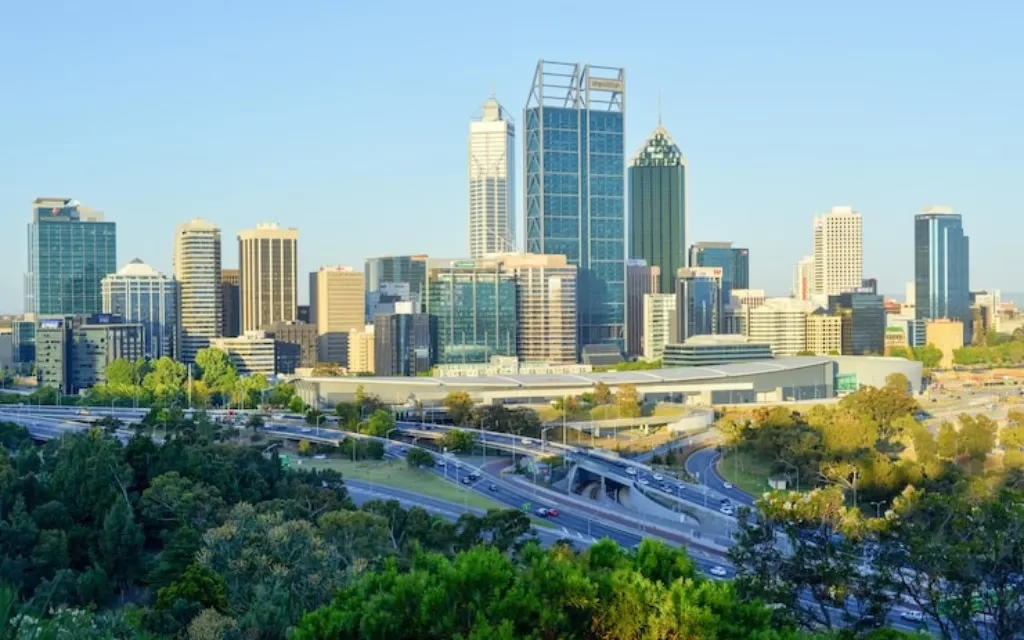
Wollongong – Coastal Living at Affordable Prices
Wollongong has become one of the Top 5 Cheapest Cities in Australia for people who want coastal living close to Sydney without paying Sydney’s high prices. Housing in Wollongong is around 30% cheaper than in Sydney, making it a great option for young families and professionals who want to buy property or rent affordably while maintaining access to Sydney’s job market.
The city is famous for its beaches, surfing spots, and stunning natural scenery. Residents enjoy a relaxed coastal lifestyle, with national parks and bike trails offering outdoor activities all year round. At the same time, Wollongong has a growing economy supported by healthcare, education, and manufacturing industries. The University of Wollongong attracts both students and academics, adding to the city’s vibrant community.
While Wollongong is affordable compared to Sydney, its costs are still higher than Adelaide or Hobart. Many professionals commute daily to Sydney, which is possible due to good rail connections, but this reliance on Sydney jobs can be a disadvantage for some. Nevertheless, Wollongong is a solid option for families who want access to beaches, good schools, and healthcare while staying within reach of the capital.
Key Industries in Wollongong: Healthcare, education, and manufacturing.
Most In-Demand Roles: Medical specialists, lecturers, engineers, IT experts, and manufacturing professionals.
Pros of Wollongong
- Affordable housing compared to Sydney
- Easy commute to Sydney for work
- Coastal lifestyle with access to beaches and national parks
Cons of Wollongong
- Some reliance on Sydney’s job market
- Housing still more expensive than Adelaide or Hobart
- Smaller entertainment scene than bigger cities

Comparison of the Top 5 Cheapest Cities in Australia
| City | Average Housing Cost (Compared to Sydney) | Average Rent (Compared to Sydney) | Key Industries | Lifestyle Highlights | Pros | Cons |
|---|---|---|---|---|---|---|
| Adelaide | ~40% cheaper | ~35% cheaper | Healthcare, Defence, Education, Technology | Beaches, wineries, cultural festivals | Affordable housing, cultural diversity, strong job market | Smaller job market than Sydney/Melbourne, less nightlife |
| Hobart | ~35% cheaper than Melbourne | ~30% cheaper than mainland capitals | Tourism, Agriculture, Aquaculture, Creative Arts | Mountains, waterfront, heritage charm | Affordable living, natural beauty, close-knit community | Limited jobs outside tourism, colder climate |
| Canberra | Slightly cheaper than Melbourne | Lower than Sydney | Government, Research, IT, Education | Museums, parks, family-friendly suburbs | High salaries, great healthcare/education, less traffic | Colder winters, no beaches, higher housing than Adelaide |
| Darwin | ~30% cheaper | ~25% cheaper | Government, Tourism, Construction, Resources | Tropical lifestyle, fishing, multicultural vibe | Warm weather, affordable rent, outdoor lifestyle | Remote location, hot/humid climate, limited higher education |
| Wollongong | ~30% cheaper | ~25% cheaper | Healthcare, Education, Manufacturing | Beaches, coastal living, Sydney access | Coastal lifestyle, good healthcare/education, commuter-friendly | Reliant on Sydney jobs, pricier than Hobart/Adelaide |
Which City Should You Choose?
If your main goal is to balance affordability, lifestyle, and job opportunities, Adelaide emerges as the best choice among the Top 5 Cheapest Cities in Australia. It provides cheaper housing, cultural vibrancy, strong employment sectors, and access to beaches and wineries, making it a practical and enjoyable option in 2025.
FAQs on the Top 5 Cheapest Cities in Australia
1. Which city offers the lowest housing costs?
Adelaide offers the lowest overall housing costs among the larger capitals, making it ideal for families and first-home buyers.
2. Is Hobart a good city for professionals?
Yes, but opportunities are limited. Hobart is better suited for those in tourism, agriculture, or creative industries.
3. How does Canberra qualify as affordable?
Although housing is higher, Canberra offers higher salaries, especially in government, which balances the cost of living.
4. Is Darwin suitable for families?
Yes, Darwin is family-friendly with affordable housing and schools, but its remote location can be a drawback.
5. Can Wollongong be considered a commuter city?
Yes, Wollongong is popular among commuters to Sydney, offering affordable coastal living with easy transport links.

